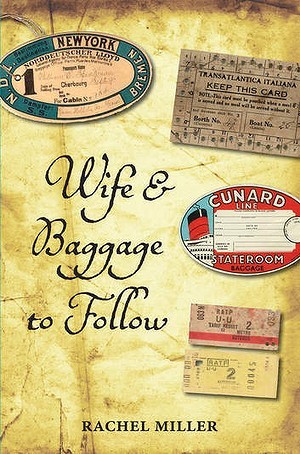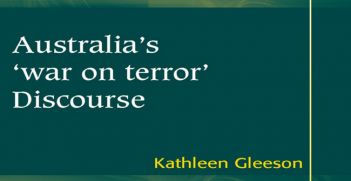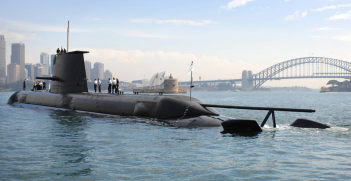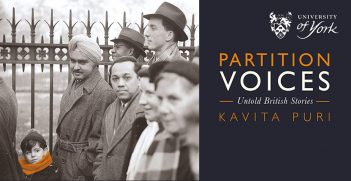Married to the Department

The notorious telegram of 1945 which peremptorily ordered young Australian diplomat Patrick Shaw to a third post in as many years, saying ‘wife and baggage to follow’, has long since vanished from the files of the Department of Foreign Affairs. But Helen Shaw, after four times being abruptly left to move with three small daughters, never forgot it. The experiences of wives, secretaries and women diplomats in both good and bad times are the subject of Rachel Miller’s copious research, interviews and commentaries. She provides what amounts to an alternative history of the Department’s first 30 years.
It took longer than three decades in Australia for attitudes toward women to modernise. After Sir Arthur Tange became Secretary, Marjorie Tange produced a how-to manual for diplomatic wives, which eventually became Notes for Wives of Officers of the Department of Foreign Affairs (1971). The mirthful scorn that greeted it in the press appealed to the popular Australian belief that diplomats lived lives of luxury beyond the dreams of avarice. Instead, as Miller’s interviews show, penny-pinching and outright poverty were the norm from the start for foreign affairs women at posts and in Canberra. Married women were forced to retire until 1966 and unequal pay prevailed until 1973. By then, wives of Australian diplomats were complaining about not being allowed to take paid work abroad, and about disruption to their own careers. Changes under Whitlam ensured that they were no longer subjected to the authority of senior officers’ wives, and married diplomats began to be posted together (Alison Broinowski, ‘New-deal Pledge for FA Wives’, Canberra Times, 21 February 1974).
The interviews collected by Miller and her early collaborator, Diana Hall, end in 1974, with Miller calmly observing that the ‘life of a diplomatic spouse is not easy’. After that, overtly or not, discrimination against women continued, while the Foreign Affairs Wives Association continued to work for change. Progress has been achieved, to such an extent that today’s young DFAT people are incredulous about conditions of the past. In October 2013, Australia’s first female Ambassador in Beijing, a Mandarin-speaker whose husband and four children are with her, hosted our first female Governor-General. Australia’s first female Prime Minister had already visited China. Australian diplomatic tradition will really have changed when we see women as Secretary of DFAT and head of ONA. Or will that mean that men have found more attractive options elsewhere?
The Department is still starved of resources, as always, but Australian diplomacy has changed for women and men in ways that can’t be reversed. Dennis Richardson found funds to support the publication of Miller’s book, and his successor as Secretary, Peter Varghese, confirmed it with a rousing launch in Canberra in October 2013.
Rachel Miller, Wife and Baggage to Follow, Canberra: Halstead Press, 2013
Reviewed by Dr Alison Broinowski, an Australian diplomat from 1963 to 1996 ©Alison Broinowski 2014
A longer version of this review appeared in The Canberra Times.





